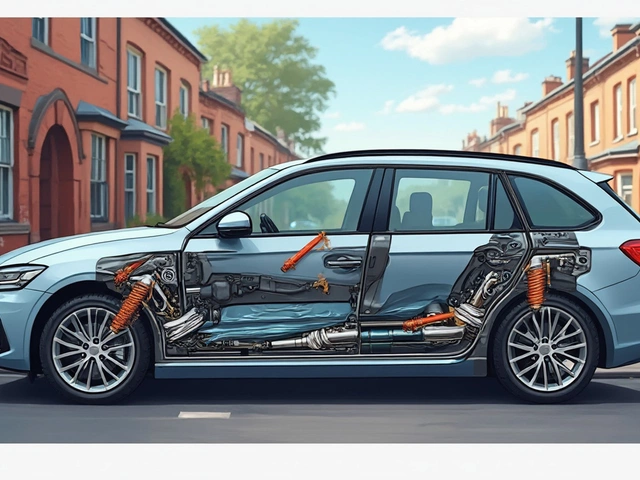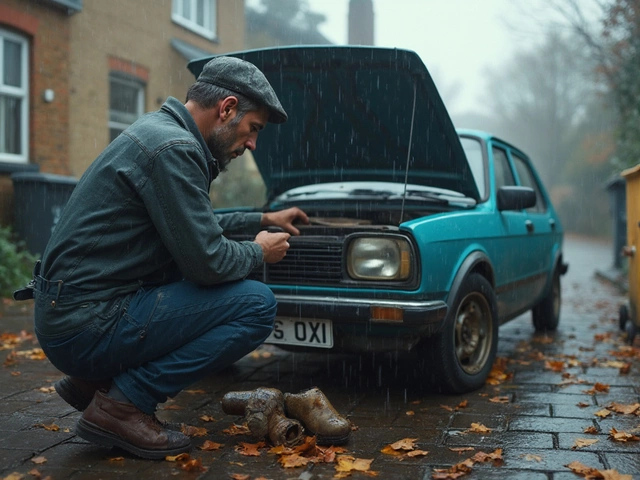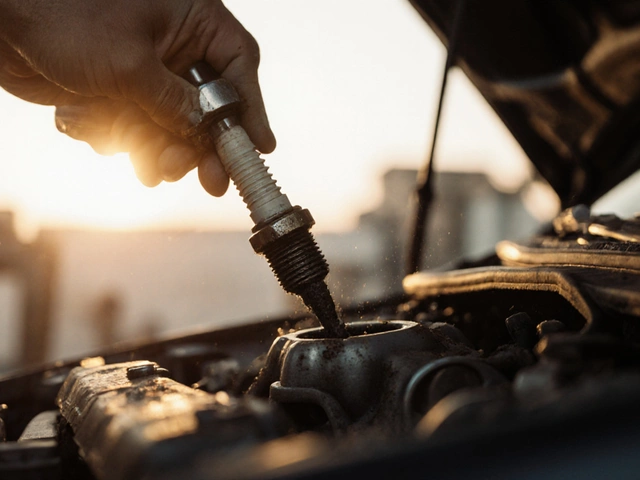Bad Clutch Symptoms: Spot the Signs and Fix the Problem Fast
If your car has a manual gearbox, the clutch is the bridge that lets you change gears smoothly. When that bridge starts to weaken, you’ll feel it in everyday driving. Ignoring the clues can lead to a complete clutch failure, which means costly repairs and a risky ride. Let’s break down the most common symptoms so you can catch a bad clutch early.
Common Signs Your Clutch Is Going Bad
Slipping clutch – You press the accelerator and the engine revs rise, but the car barely speeds up. It feels like the engine is screaming while the wheels stay lazy. This usually means the clutch plates can’t grip properly.
Hard or sticky clutch pedal – If the pedal feels stiff, gritty, or refuses to return to its normal position, something’s wrong with the hydraulic system or the clutch disc is wearing out.
Grinding when shifting – A grinding noise while you change gears indicates the synchronizers can’t match gear speeds. Often it’s a sign the clutch isn’t fully disengaging.
Shudder or vibration – When you release the clutch and feel a sudden shudder, the friction material on the clutch disc is likely uneven or burnt.
High biting point – If you have to press the pedal almost all the way down before the car moves, the clutch is slipping or the release bearing is worn.
What to Do When You Notice the Symptoms
First, stop stressing the clutch. Avoid rapid starts, heavy loads, and hill climbs until you get it checked. A quick test you can try at home is to rev the engine while in neutral. If you hear a squeal or the revs drop quickly, the clutch is probably slipping.
Next, schedule a visit to a trusted garage. Explain each symptom you’ve observed – the more detail you give, the easier it is for the mechanic to diagnose. In many cases, a simple adjustment of the clutch cable or a fluid top‑up can solve the problem.
If the clutch needs replacement, ask about a “Stage 2 clutch kit” if you drive spiritedly. The kit offers stronger plates and a more robust pressure plate, giving you better grip and longer life. However, for everyday drivers, a standard OEM‑type kit is usually enough and saves money.
While you’re waiting for the repair, keep the revs low and shift gently. This reduces heat build‑up and prevents further damage to the flywheel and pressure plate.
Finally, consider regular maintenance to avoid future surprises. Check clutch fluid every 12 months, and replace it if it looks dark or smells burnt. A quick visual inspection of the clutch pedal travel can also alert you to early wear.
Watching out for these bad clutch symptoms can save you from a roadside breakdown and a hefty bill. Notice a slipping clutch, grinding gears, or a high biting point? Don’t wait – get it checked. Your car will thank you with smoother shifts and a longer lifespan for the whole drivetrain.
 27 April 2025
27 April 2025
How Do I Know If I Need a New Clutch Kit? Signs, Tips, and What to Do Next
Wondering if your car needs a new clutch kit? This guide helps you spot real symptoms of clutch problems, explains why these issues happen, and gives clear next steps. You’ll learn about the main warning signs, driving habits that may kill your clutch faster, and tips for extending your clutch’s life. Gear up for honest insights on when a clutch replacement is worth it—and what to expect if you keep putting it off. No fluff, just real-life advice to save your wallet and your ride.
Latest Posts
-

Dealing with a Damaged Radiator: What You Need to Know Before Hitting the Road
-

Suspension Parts Explained: What’s Under Your Car?
-

How to Know If Your Car Radiator's in Trouble
-

How to Fix a Slipping Clutch Without Replacement: Proven Tips and DIY Solutions
-

What Are the Symptoms of Bad Spark Plugs? Signs Your Engine Needs New Spark Plugs

0